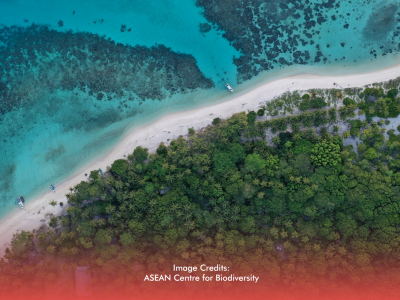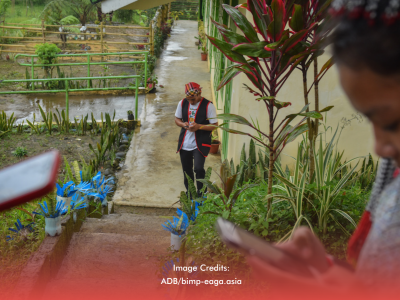Agusan Marsh Wildlife Sanctuary in Agusan del Sur has gained global recognition as a crucial stopover site for migratory waterbirds. The honor was formally announced during the 12th Meeting of Partners (MOP12) of the East Asian–Australasian Flyway Partnership (EAAFP), hosted by the Department of Environment and Natural Resources–Biodiversity Management Bureau (DENR-BMB).
This recognition places Agusan Marsh among more than 150 key wetlands under the EAAFP network, which protects essential habitats along the vast migratory route connecting Alaska, Russia, East Asia, and Australia. The marsh now plays a pivotal role in ensuring the survival of over 50 million migratory birds from 250 species that journey thousands of kilometers each year.
Wetland of Global Importance
Covering 14,835 hectares of lakes, swamps, and river channels within the Agusan River Basin, the sanctuary is home to over 200 bird species. These include the endemic Philippine duck (Anas luzonica), great egret, whiskered tern, and various Arctic-breeding shorebirds.
Agusan Marsh is also home to Indigenous Manobo communities who have long relied on its wetlands for food, shelter, and livelihood. First declared a Ramsar Wetland of International Importance in 1999, its new EAAFP designation reinforces its status as a biodiversity treasure and a vital refuge for both resident and migratory species.
Strengthening Conservation Through Partnership
Established in 2006, the EAAFP fosters cooperation among governments, organizations, and local communities to safeguard migratory birds and their habitats. During the recognition ceremony, DENR and EAAFP officials highlighted the importance of collaboration in achieving this milestone and sustaining conservation gains.
With this new honor, Agusan Marsh joins other Philippine EAAFP sites such as the Olango Island Wildlife Sanctuary in Cebu, the Las Piñas–Parañaque Critical Habitat in Metro Manila, and the Tubbataha Reefs Natural Park in Palawan—each serving as a beacon of hope for global biodiversity protection.








